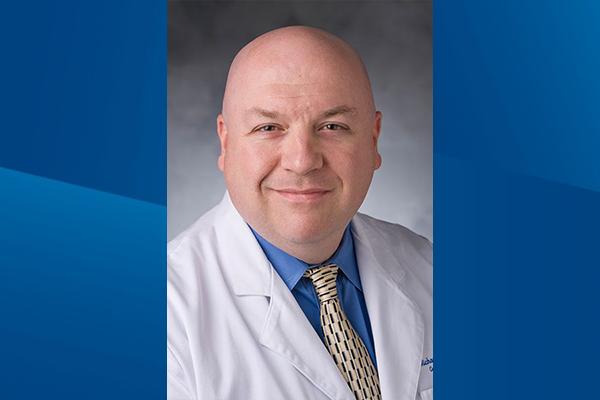
Cardiopulmonary Bypass Induced Inflammatory Changes in the Atrial Wall: The Novel Role for Cardiac Chymase produced Angiotensin II in the Development of Atrial Fibrillation
Over the last four months, I have been working to establish many of the tools that we will need to conduct these new and exciting experiments. First, we now have working protocols in place that will allow us to determine how the protein levels in the heart change during cardiopulmonary bypass, which we believe will result in structural changes in the heart leading to the development of post-operative atrial fibrillation.
In addition, we have similar protocols in place to evaluate how the specific genes in the renin-angiotensin-aldosterone system change during bypass. Both of these protocols were quite time consuming to develop, but now that we have them, we have used them to look at some very early samples taken from an animal model of cardiopulmonary bypass. So far, the results look very promising.
Next, we have demonstrated that we can reliably produce atrial fibrillation in a rat and trace it using an EKG printout. This is very exciting for us because we could be the first group to have an animal model of post-operative atrial fibrillation.
We have also been building collaborations with key individuals, both leaders in their fields, at Duke and Wake Forest. Dr. Dawn Bowles, Assistant Professor of Surgery at Duke, will be helping us with the acquisition of human atrial tissue samples from volunteers undergoing cardiac surgery with cardiopulmonary bypass. We will be using these tissue samples to directly correlate our findings from animal studies to humans. Dr. Mark Chappell, Professor of Surgical Sciences at Wake Forest, will be assisting us by measuring tissue levels of Angiotensin II with the hearts of both our animal and human tissues.